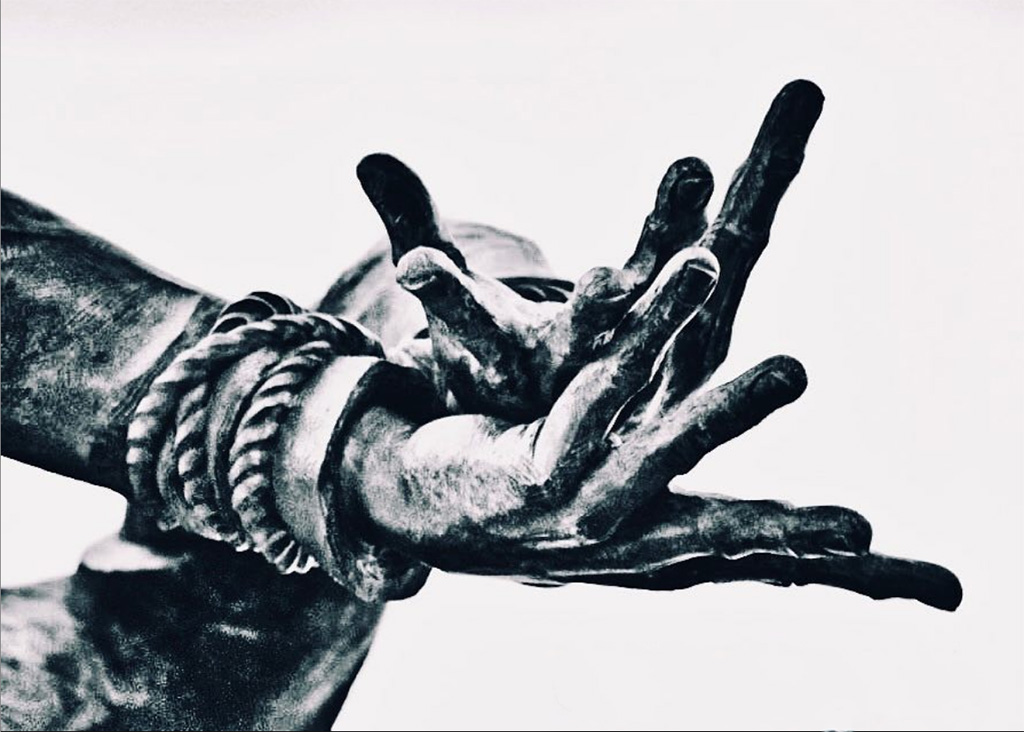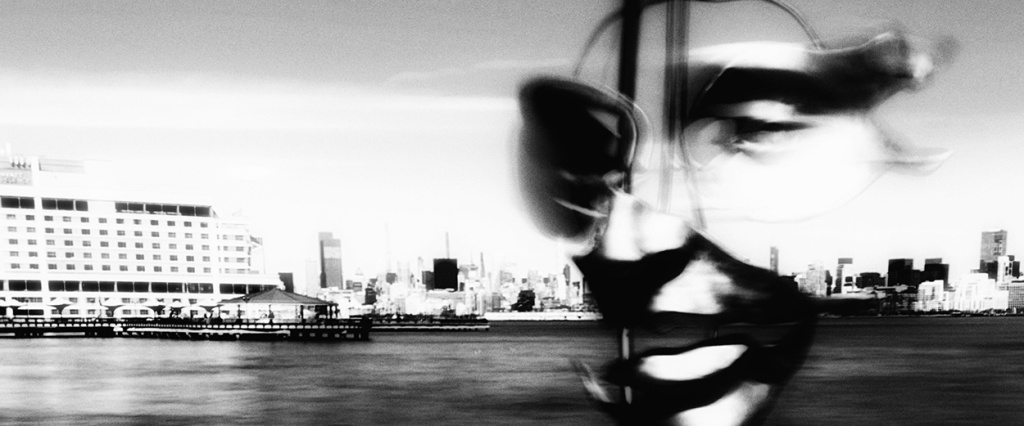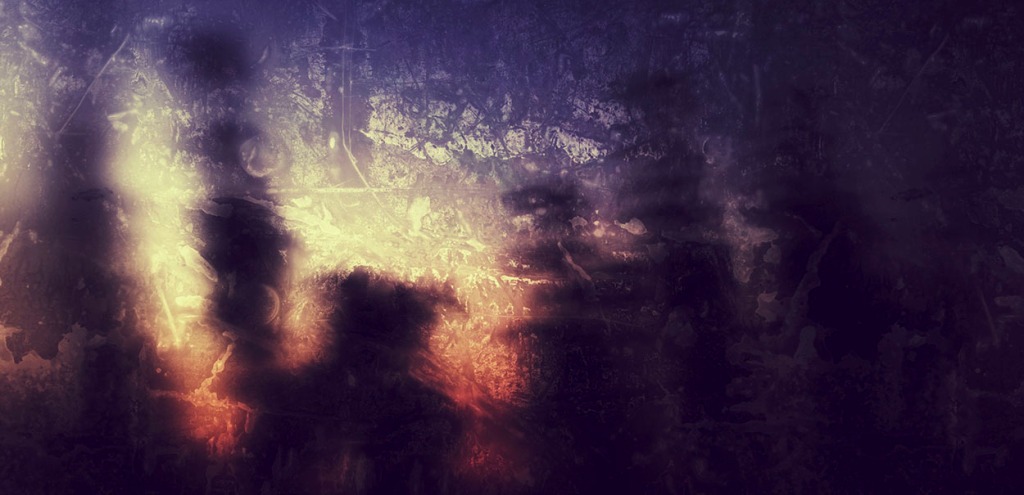Drafts in Photography

We know what a draft is in writing, but how would we define a draft in photography? Is there such a thing as a draft or a first draft in photography?
I guess it is. In general, a draft is a work in progress, something that is not yet ready to be shown to the public, to the audience.
For example, what would be considered a first draft in photography? What would a first-draft image look like?
If we shoot JPEG, the image file we capture is, pretty much, the final image. We can make some adjustments in post, but the settings (such as saturation, contrast, etc) are pretty much predetermined for you.
If we shoot RAW, it doesn’t mean that we should not strive to capture the best image possible on camera. But a RAW file allows us to truly work on the image, to use the ‘ingredients’ that we capture by shooting RAW and create the image we had in mind in the first place.
Sometimes we think of our original (RAW) file as a final image. That can be true, if we don’t take into consideration that we first need to process our image using software such as Adobe Camera Raw (ACR), and then open the said image in Photoshop or Lightroom and save it as a JPEG file that anybody and everybody can open, preview, view.
Sometimes, most of the time, we make certain adjustments in ACR, such as sharpening, straightening the image, correcting or tweaking the white balance, histogram, etc. The image file that we end up with after this first set of small adjustments can be considered a first draft of our image. Therefore, when shooting RAW, a visual first draft could be considered the RAW image processed in ACR, prepared for further editing in, say, Adobe Photoshop.
When working on a photo portfolio, a body of work, it’s best to include final drafts of images, and finished images. When working on a portfolio, we also work on drafts of that portfolio, until the final portfolio draft emerges. A portfolio draft is different from an image draft. For example, a first draft of a portfolio could be a first selection of images to be included in that portfolio. As we keep editing the portfolio, the body of work, we might find ourselves deleting certain images and adding others, or replacing images, until we come up with a finished body of work.

Editing our work (images, portfolios, and in particular text, words) is a lengthy and lonely process that demands our undivided attention. We often edit in steps, looking for one thing, one issue, one type of error at a time. It’s often a good idea not to do it all in one setting. Larger bodies of work take much longer to edit. The more we edit, the more we learn and the better we get at knowing when our work is ready for showtime, for its audience.
As always, thanks for stopping by!
Alina Oswald





Leave a comment